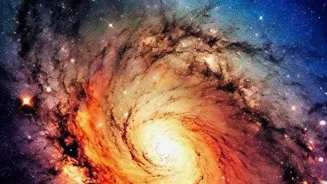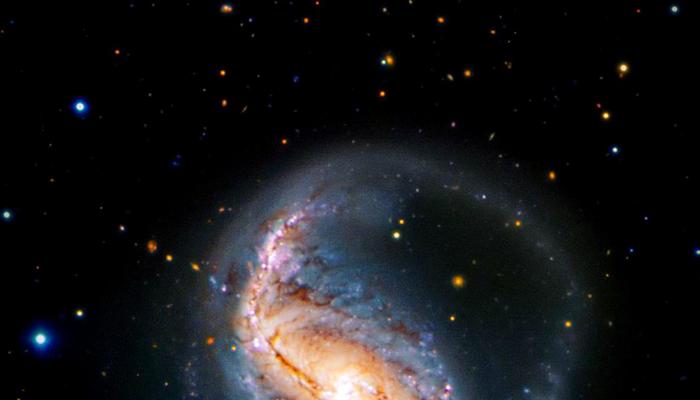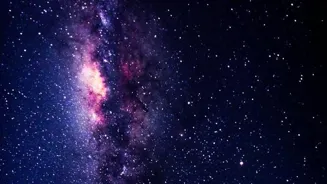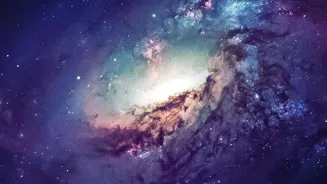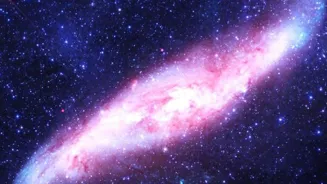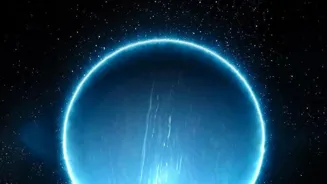Unveiling Cosmic Beauty: Dive into breathtaking space images, a gateway to the universe's wonders. Join the cosmic journey now!
The cosmos, that vast expanse above us, has always held a special fascination
for humankind. For centuries, we have gazed at the stars, wondering about what lies beyond our own planet.
With the advent of advanced telescopes and space missions, we are now able to capture breathtaking images of celestial objects, revealing the universe's awe-inspiring beauty and intricate details.
These cosmic snapshots not only ignite our sense of wonder but also provide invaluable data for scientific research, helping us understand the origins and evolution of the universe.
Let's take a look at some of the most stunning images from space, a gallery of cosmic beauty, that will surely leave you in awe.
The Eagle Nebula: Cosmic nursery with stunning Pillars of Creation
The Eagle Nebula, also known as Messier 16, is a young open cluster of stars located in the constellation Serpens. It is best known for the iconic "Pillars of Creation," a region of dense gas and dust where new stars are constantly being born.
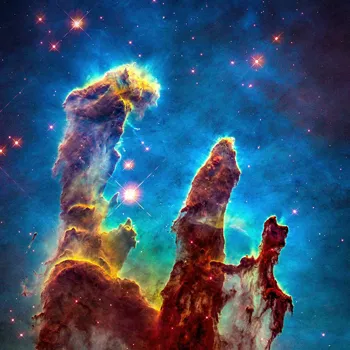
The pillars are sculpted by the intense radiation and stellar winds from nearby hot, young stars, creating a dynamic and beautiful landscape. The image captures the nebula's vibrant colors, with the blue representing oxygen, the green representing hydrogen, and the red representing sulfur.
It is a place of immense activity, with stars being born and dying, shaping the surrounding gas and dust. The sharp details show the vast distances and complicated actions between all the elements in space.
The Eagle Nebula, a cosmic nursery, continues to fascinate astronomers and space enthusiasts alike. Its magnificent structure is proof of the universe's never-ending creativity.
Butterfly Nebula, NGC 6302, a stunning planetary nebula in Scorpius, formed by dying star's gases creating butterfly-like shape
Next, we have the Butterfly Nebula, or NGC 6302, which is a planetary nebula located in the constellation Scorpius. This nebula is formed when a dying star ejects its outer layers of gas and dust into space, creating a beautiful and intricate pattern.
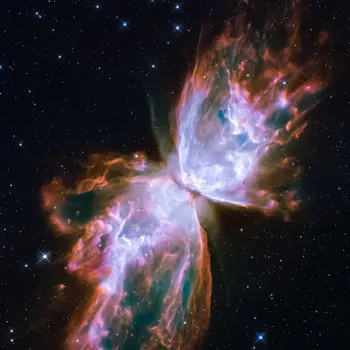
The Butterfly Nebula is distinguished by its bipolar shape, which resembles the wings of a butterfly. The central star of the nebula is extremely hot, with a surface temperature exceeding 250,000 degrees Celsius.
This intense heat causes the ejected gas to glow brightly, producing the nebula's vibrant colors. The red colour shows nitrogen and the blue/green colours show oxygen. The fine elements are produced by the dust and gas being forced at high speeds from the star.
The image shows the final act of a star, a vivid piece of cosmic art created through death. The Butterfly Nebula is a reminder of the life cycle of stars.
The Sombrero Galaxy: Spiral galaxy with unique appearance and massive size, containing billions of stars
The Sombrero Galaxy, also known as Messier 104, is a spiral galaxy located in the constellation Virgo. It is known for its unique appearance, which resembles a Mexican sombrero hat. The galaxy has a bright central bulge and a prominent dust lane that encircles the galactic disk.
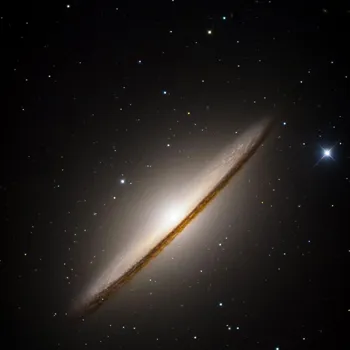
The Sombrero Galaxy is a massive galaxy, with a diameter of about 50,000 light-years and containing billions of stars. The centre of the galaxy is supposed to have a supermassive black hole which is millions of times the mass of our Sun. The dust lane hosts active areas where new stars are forming.
This provides to the galaxy's brilliant appearance. The Sombrero Galaxy's unique structure and bright outlook make it a favourite subject for astronomers and photographers. It demonstrates the huge range and magnificent structures of the galaxies dispersed throughout the universe.
Lagoon Nebula: vast, colorful star-forming region with active gas and dust interactions
Another beautiful image is of the Lagoon Nebula, or Messier 8, which is a huge interstellar cloud of gas and dust located in the constellation Sagittarius. The nebula gets its name from the large, lagoon-shaped dark lane that bisects its bright core.
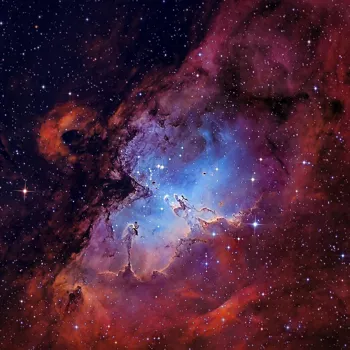
The Lagoon Nebula is a star-forming region, with several open clusters of young stars embedded within its gas clouds. These stars emit intense radiation that ionizes the surrounding gas, causing it to glow with vibrant colors. The red colour we see in photographs is hydrogen gas.
The nebula also has dark dust clouds where new stars are born. The Lagoon Nebula is a chaotic and active area, showcasing the birth of new stars and the lively interaction of gas and dust.
Its colourful appearance and dynamic processes make it a captivating sight for astronomers and space enthusiasts alike.
Stunning images of Earth from space remind us of its beauty and fragility
Moving closer to home, we have stunning images of our own planet Earth. These images, taken from orbiting satellites and the International Space Station, give us a unique perspective on our planet's beauty and fragility.
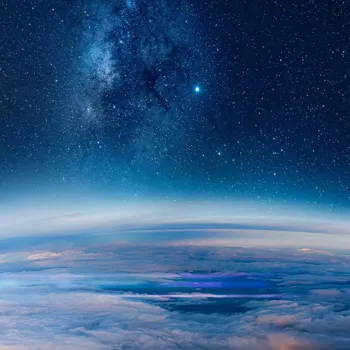
We can see the swirling clouds of weather systems, the vast expanse of oceans, and the diverse landscapes of continents. These images remind us of the interconnectedness of our planet and the importance of protecting its environment.
The photographs also act as a reminder of the importance of our planet's beauty. They serve as a constant reminder to treasure our environment and try to make a good impact. The Earth, as observed from space, is a striking symbol of our joint shared home.
The Pillars of Creation: Iconic image explains star formation
The Pillars of Creation image became iconic because it showed the formation of stars in a visually appealing manner, making the complex process accessible to the general public.
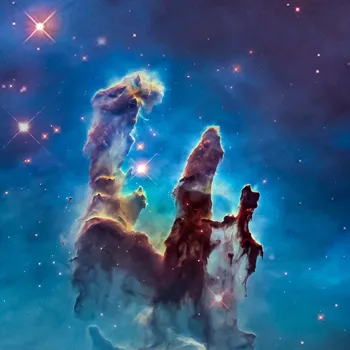
The detailed view of dust and gas clouds, combined with the vibrant colors, makes it easy for us to imagine how stars are born within these cosmic structures.. The Pillars serve not just as beautiful items but also as important tools for astronomers.
Scientists can learn about the physics of star development by studying the arrangement and density of these columns. The Pillars of Creation image embodies both the visual splendour and scientific value of cosmic exploration.
Each observation provides new information about the workings of the universe.
Cosmic images showcase universe's beauty and complexity
These stunning images from space allow us to marvel at the beauty and complexity of the universe. From the vibrant colors of nebulae to the intricate details of galaxies, these cosmic snapshots offer a glimpse into the vastness and wonder of space.
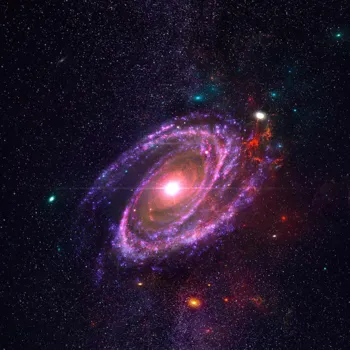
The photographs demonstrate the amazing technological developments that enable us to see greater distances, and they encourage us to consider our place inside the larger cosmos.
Studying these pictures helps us appreciate the immensity of the universe while also encouraging us to safeguard our own planet.
AI Generated Content. Glance/InMobi shall have no liability for the content